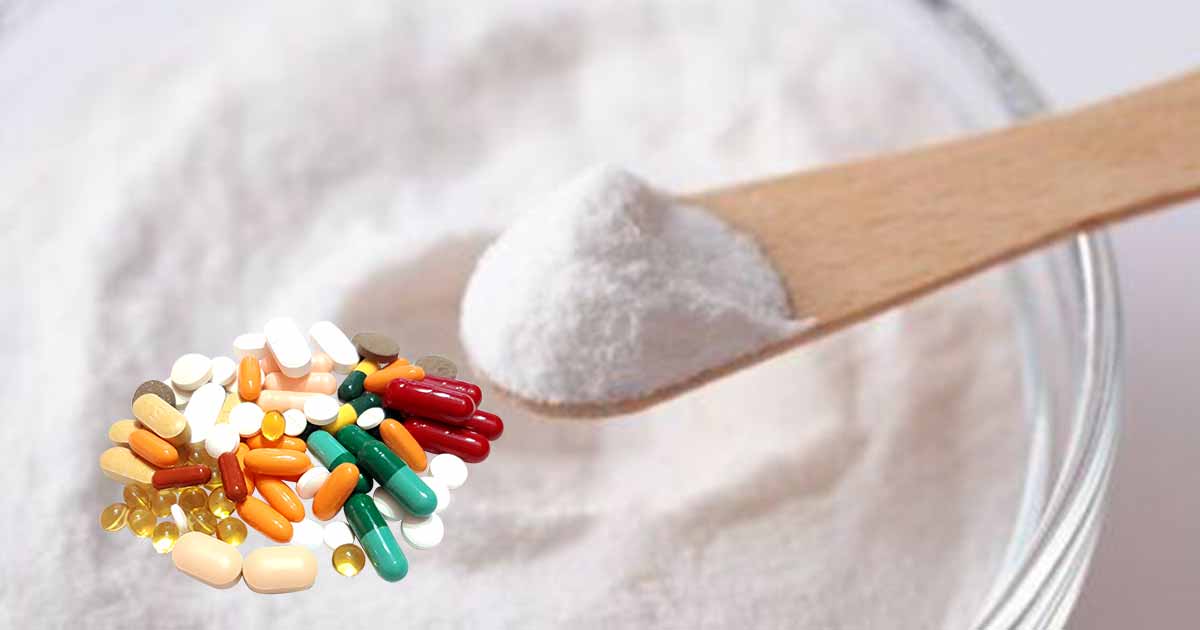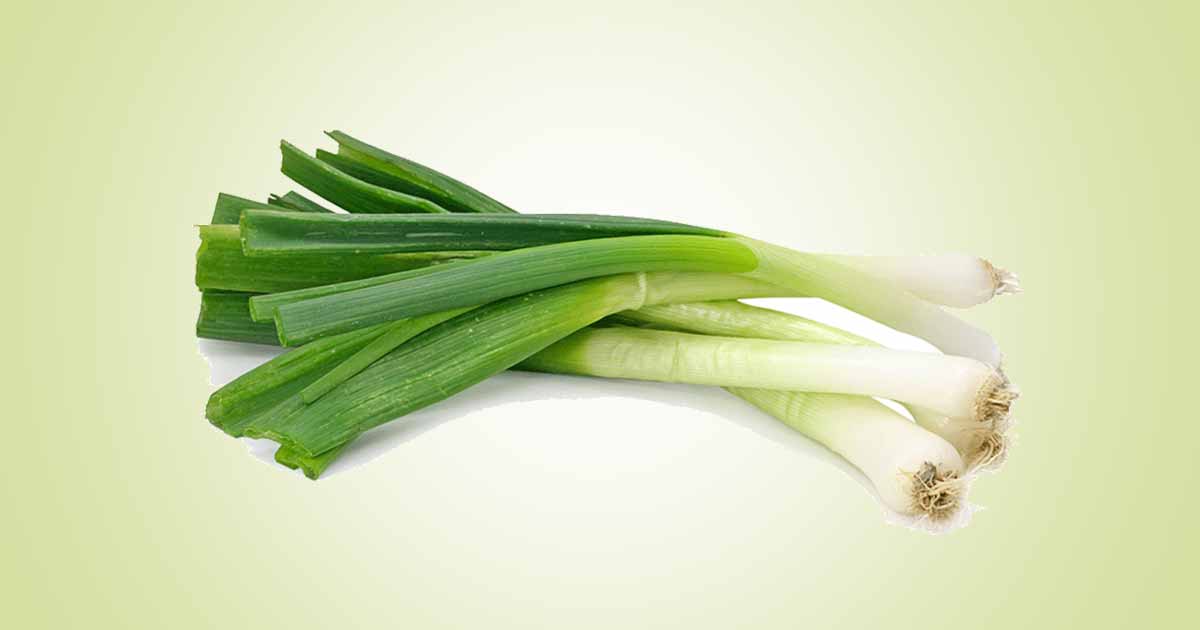Dietary fiber is the indigestible compound or part of plants, mainly carbohydrates, that pass through our stomach and intestine and remain unchanged. Unlike most carbohydrates that are broken down into sugar molecules called glucose, fiber is not digested as it pass through the system. Dietary fiber is found mostly in fruit and vegetables, nuts, legumes, and wholegrain cereals.
Other names used for dietary fiber includes ‘bulk’ and ‘roughage’, but the name does not really describe it well as some dietary fibers are not bulky, rough and are water-soluble.
The main function is to keep the digestive system healthy, as they are indigestible and add bulk to our faeces. They also lower the cholesterol, reduce the risk of heart diseases, cancer, diabetes, and also weight control.
As dietary fiber may cause abdominal discomfort or constipation, it is important to take enough water to prevent this.
Types of Dietary Fiber
We have two types of dietary fiber: soluble and insoluble fiber. It can also be classified as fermentable and nonfermentable. Fermentable fiber is viscous with a gel-like quality, and act as food for the gut bacteria to break it down, and ferment it. Nonfermentable fiber moves down to the colon, and add bulk to the stool, helping in easier excretion.
Soluble Fiber:
Soluble fiber dissolves in water and slows down digestion by soaking up water and adding bulk to the stool as they pass through the gut, therefore making the movement easier. They also prevent constipation and lowers the low density lipoproteins (LDL), sugar levels.
Soluble fibers are found in plant cells such as pectins, gums, and mucilage. Examples of sources include fruits and vegetables (apples, blueberries), oat bran, barley, seed husks, chia seeds, flaxseed, psyllium, legumes (peas, dried beans, lentils), and soy milk and soy products.
Naturally occurring plant fibers (Soluble):
Beta-glucans:
Soluble highly fermentable fiber metabolized and fermented in the small intestine. Though it does not have laxative effect, it adds bulk to the stool, lowers sugar, cholesterol, and can act as a probiotic. Found in oats and barley.
Pectins:
Soluble highly fermentable fiber with gelling ability, which helps to slow down digestion, and also reduce sugar and cholesterol levels. It has less bulking and laxative property. Found in fruits like apples, berries.
Guar gum:
Soluble fermentable fiber, that act as a thickener due to the viscous gel texture. It is metabolized and fermented in the small intestine, and has no laxative effect, but can lower sugar and cholesterol levels. Obtained from seeds.
Inulin, oligofructose, oligosaccharides, fructooligosaccharides:
Soluble fermentable fibers that add bulk bulk to stool, and has laxative effect, normalise sugar levels, and can act as prebiotic. It may cause bloating or stomach upset, hence it may be an issue for people with irritable bowel syndrome. Sources include onions, asparagus, chicory root.
As a natural product, they can also be modified as a concentrated form which is added to foods or fiber supplements.
Resistant Starch:.
Resistant starch is the percentage (about 10%) of the starchy food that resist normal digestion in the small intestine. They are soluble fermentable fiber with important sources include potatoes, unripe bananas, lentils, cooked and cooled pasta, unprocessed cereals and grains. It is also formed through cooking or manufactured through snap freezing.
Resistant starch improves gut health as the bacteria in the large bowel ferment and modify the resistant starch into short-chain fatty acids, which improves bowel health and prevent cancer. The fatty acids also lower cholesterol.
Manufactured functional fibers (soluble):
Functional fibers include cellulose, chitin, beta glucans, gums, inulin or chicory inulin, oligofructose, fructoligosaccharides, lignin, pectins, psyllium, and resistant starches. They are foods having isolated nondigestible carbohydrates which have beneficial physiological effects.
Psyllium:
Soluble viscous nonfermentable fiber that holds water, softens and add bulk to stool. It also lowers cholesterol and sugar level. Due to the laxative property, it is used in high cereal products and laxatives. Extracted from psyllium seeds.
Polydextrose and polyols:
Soluble fiber that add bulk to stool, and has mild laxative effect. Has less effect on sugar and cholesterol level. As a food additive, it is a sweetener, and can add fiber, texture, or maintain moisture.
Insoluble Fiber:
Insoluble fiber does not slow down digestion, rather they do not absorb water and speed up the movement of the food through the gut. This fiber type bulk up faeces, and prevent constipation or related conditions such as haemorrhoids.
They include cellulose, hemicelluloses and lignin, and they make up the structural components of plant cell walls. Major sources include fruits and vegetables skins, bran (wheat bran, corn bran, rice bran), dried beans, nuts, and seeds (almonds, walnuts), leafy green like kale, brown rice, quinoa, and wholegrain foods.
Naturally occurring plant fibers (insoluble):
Cellulose, hemicellulose:
Insoluble fiber which absorbs water, add water to the stool, and has a laxative effect. Sources include cereal grains and the cell walls of many fruits and vegetables.
Lignins:
Liginins triggers mucus secretion in the colon, adds bulk to stoo and exhibit laxative effect. Sources include vegetables, unripe bananas, nuts, flaxseeds, wheat and corn bran.
Recommended Daily Dietary Fiber Intake
For a man, the recommended dietary fiber intake daily is 30g, while a woman should take 25g.
2010 Dietary Guidelines for Americans Dietary Reference Intakes (DRIs)
- For children, 1 to 3 years, intake is 19 g
- 4 to 8 years, the intake should be 25 g
- 9 to 13 years: Boys (31 g), Girls (26 g)
- 14 to 18 years: Boys (38g), Girls (26 g)
Adult Male:
- 19–50 years: 38 g
- 51+ years: 30 g
Adult female:
- 19–50 years: 25 g
- 51+ years: 21 g
- Pregnancy: <18 years (28 g), 18+ years (28 g)
- Lactation: <18 years (29 g), 18+ years (29 g
Diseases Caused by Low Dietary Fiber Intake
- Constipation,
- Irritable bowel syndrome (IBS),
- Cancers like bowel cancer, breast cancer
- Hemorrhoid
- Diabetes
- Obesity
- Heart diseases,
- Diverticulitis.
Health Benefits of Dietary Fiber
Type-2 Diabetes
Studies suggest that diets low in dietary fiber especially the insoluble ones, and high in glycemic index increases the risk of developing type 2 diabetes (T2DM).
Dietary fiber lowers diabetes by slowing the absorption of glucose from the small intestine into the blood. This slows down insulin surge.
Heart Diseases
Both antioxidants and dietary fiber abundant in fruits, vegetables, and cereal foods reduce the risk of cardiovascular diseases, obesity, diabetes. It lowers factors such as excess insulin level, triglyceride levels, weight, and cholesterol that increases the risk of heart diseases.
Soluble fiber absorb water and slows down digestion. It controls blood glucose, and lowers the risk of diabetes, which also lowers the risk of heart diseases. Soluble fiber also lower total blood cholesterol and LDL by binding to bile acids in the gut and excreting them.
Cholesterol Level
Soluble fiber can lower cholesterol levels, by binding bile acids and excreting them. Bile acids are made from cholesterol to digest dietary fats.
High blood cholesterol levels can deposit fatty streaks and plaques in the arterial walls, narrowing them and increasing the risk of coronary heart disease (also angina and heart attack).
Diverticular disease:
Contrary to popular belief that hard-to-digest foods like nuts, corns, seeds, raspberries, strawberries, cucumber, or tomatoes may get trapped in the diverticular pouches, and cause bacterial infection, and inflammation, evidence suggest otherwise.
Foods with high fiber content like whole grains, fruits, and vegetables decreased the risk of diverticular disease and diverticulitis.
Cancers (Colorectal, Breast)
Dietary fiber, wholegrain, and cereals protect against cancers. It prevents bowel cancer by adding bulk to the faeces, removing carcinogens, and decreasing transit time through the colon. The shorty fatty acids from bacterial fermentation of fiber also protects against cancers. Research suggests a 10 g daily intake of fiber reduces colorectal cancer by 10%.
High dietary fiber during adolescence and young adulthood reduces breast cancer in women.
Constipation
Constipation causes difficulty in bowel movement and can result in small, hard “pebbly” stool. Drinking enough water, regular exercise, and taking high fiber fruits, vegetables, and whole grains can help to prevent it. Soluble fiber, insoluble fiber helps to soften the stool, add bulk to the stool, to improve bowel movement.
Weight Control
The good thing about high dietary fiber intake for weight control is that it has lower energy density, which means it supplies fewer kilojoules (calories) per gram of food intake unlike other high carbs foods.
Dietary fiber prevents the absorption of sugar from the small intestine, therefore maintaining the sugar level and keeping blood insulin levels at normal range. This effect helps to control obesity and reduce the risk of diabetes.
Soluble insulin is bulky, and forms a gel that slows down stomach emptying, and transit time of food in the small intestine, giving the person a feeling of fullness.
Ageing:
As ageing slows down the digestive system, it is important to take enough dietary fiber.
Inflammatory disease:
Dietary fiber can help to prevent chronic inflammation by their beneficial effect in the gut microbiome.
How to Increase our Dietary Fiber Intake
- Instead of drinking juices, eat the whole fruit
- When fiber food cannot be obtained, consider fiber supplements like psyllium or methylcellulose powders. However, this does not replace normal high-fiber foods.
- You can use beans or legumes as protein source instead of meat.
- Slightly processed brown rice and other whole grains like barley, millet, amaranth, farro, can replace white rice, bread, and pasta.
- Instead of chips, crackers, use snacks like crunchy raw vegetables or almonds.
- Consider at least 3 servings of whole grains a day, such as oatmeal for breakfast, whole wheat bread at lunch, and brown rice with dinner
Side Effects of High Dietary Fiber Intake
High dietary fiber can cause abdominal pain, bloating, cramping and increased flatulence. A high dietary fiber above 40g can cause decreased absorption of minerals like iron, zinc, copper, magnesium, and calcium. This is because these minerals bind with fiber and form insoluble salts, which are excreted. It causes deficiency of these minerals.
Also, fiber from food sources are better than those from fiber supplements, which may increase constipation if you do not drink enough water.
References:
- https://www.betterhealth.vic.gov.au/health/healthyliving/fibre-in-food#bhc-content
- https://www.hsph.harvard.edu/nutritionsource/carbohydrates/fiber/
- https://extension.colostate.edu/docs/pubs/foodnut/09333.pdf












